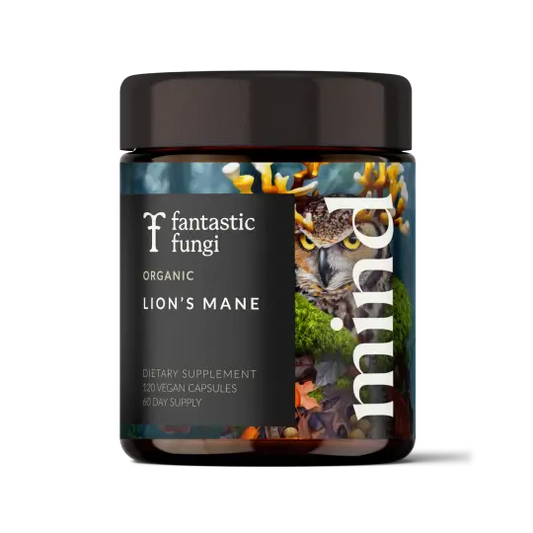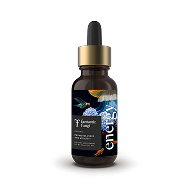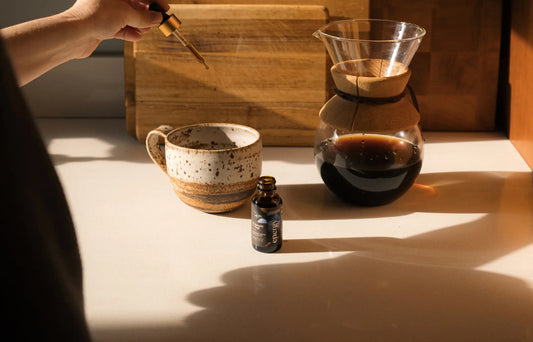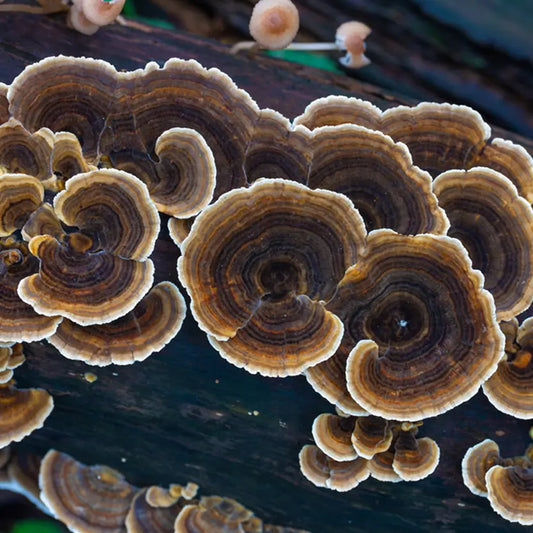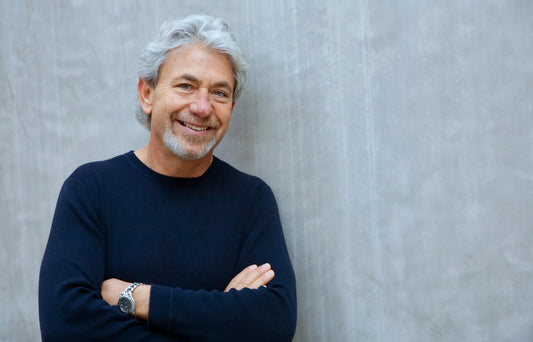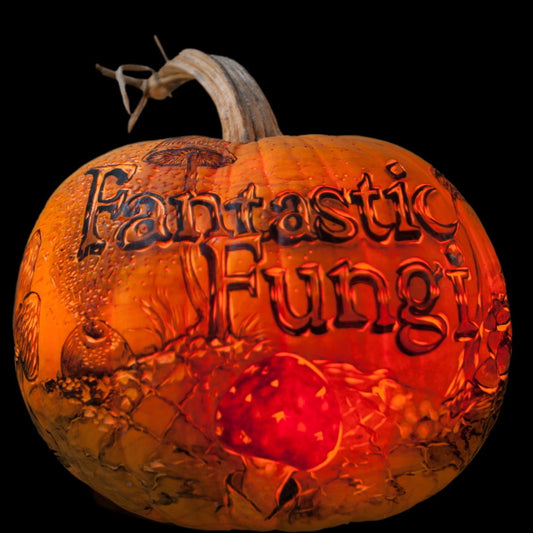
Understanding the Whole Mushroom: Fruiting Body vs. Mycelium
From the first glimpse of the Fantastic Fungi trailer, it becomes clear that mushrooms are mysterious and magical. Filmmaker Louie Schwartzberg applies his pioneering film techniques to open our eyes to things too slow, too fast, too small and too vast for the naked eye to see.
Using time-lapse video, mushrooms seem to instantly spring to life from the floors of forests and the bark of trees. Their growth rates are impressively fast in real life, and especially so when sped up on screen. But beyond what we can see, there’s magic happening under the surface and behind the scenes. Read on to learn about the life cycle of mushrooms, along with the differences between mycelium and mushroom fruiting bodies.
The life cycle of mushrooms
What we call a “mushroom” is only one part of the organism’s life cycle. With most edible mushroom species, we consume and see only the fruiting bodies. These appear toward the end of a mushroom’s circle of life. They are viable for only a few days, before disappearing or starting to break down as quickly as they appeared.
Mushrooms begin their lives as tiny spores, which serve as “seeds.” Wind, water and creatures carry these spores from place to place. When they find a suitable spot to grow, the next step of the life cycle begins. Each species of mushroom has different needs. In the wild, Cordyceps mushrooms require a specific caterpillar as a host, while Shiitake mushrooms need oak trees, for example. Just like plants, mushrooms have preferences in soil, temperature, location, climate, etc. A Morel mushroom isn’t going to grow on a palm tree.
From spores to mycelium
Once the spores find an ideal spot, they start to grow into mycelium. These are, in essence, the mushroom’s root system, tasked with collecting and using nutrients, releasing enzymes, warding off predators and other defensive tasks. Mycelium is like a mushroom’s immune system. It also helps the mushroom grow strong and dense, and it helps with communication.
Then, that mycelium grows into “mushrooms” – officially called the fruiting bodies. Once mature, the fruiting bodies make spores and release them, continuing the life cycle as the fruiting body begins its decline.
Mushroom fruiting body vs. mycelium
Since humans started consuming mushrooms, we have traditionally used the fruiting bodies, both as food and to support health.* This is the part of the mushroom we most often see – and what comes to mind when we think “mushroom.” While some believe that the fruiting body possesses the greatest number of benefits, our research indicates that there are distinct beneficial compounds in both the fruiting body and the mycelium,* depending on the mushroom. What’s critical is to ensure that the mycelium has time to consume the substrate or growing material before it's used. Consider Chaga mushroom. What we call Chaga is a sclerotia, a mycelial mass that has hardened. Chaga fruiting bodies are rarely seen and not traditionally used.
Mushroom Anatomy 101
Are you studying up on mushrooms ahead of your first foraging foray? Or maybe you’re just eager to learn more about the fungi friends starting to emerge this spring? Mushrooms are all incredibly unique, but most share anatomical commonalities used to help identify them in the wild. Brush up on the basics below.
Cap: The top part of a mushroom’s fruiting body.
Fruiting body: The above-ground part of a mushroom that is visible to the naked eye. It produces the spores.
Gills: Found under the caps of some mushroom fruiting bodies, these ridges help disperse mushroom spores.
Mycelium: The “root” of a mushroom. (The plural form is mycelia, and the adjective form is mycelial.) Mycelium collects and utilizes nutrients, and it’s like a mushroom’s immune system. It’s in charge of communication and serves as a mushroom’s dense, strong foundation.
Spores: These are like mushroom “seeds.” The reproductive parts of a mushroom, spores float through the air or are carried on a host, until they find a suitable spot to grow.
Stalk: A mushroom fruiting body’s stem.
